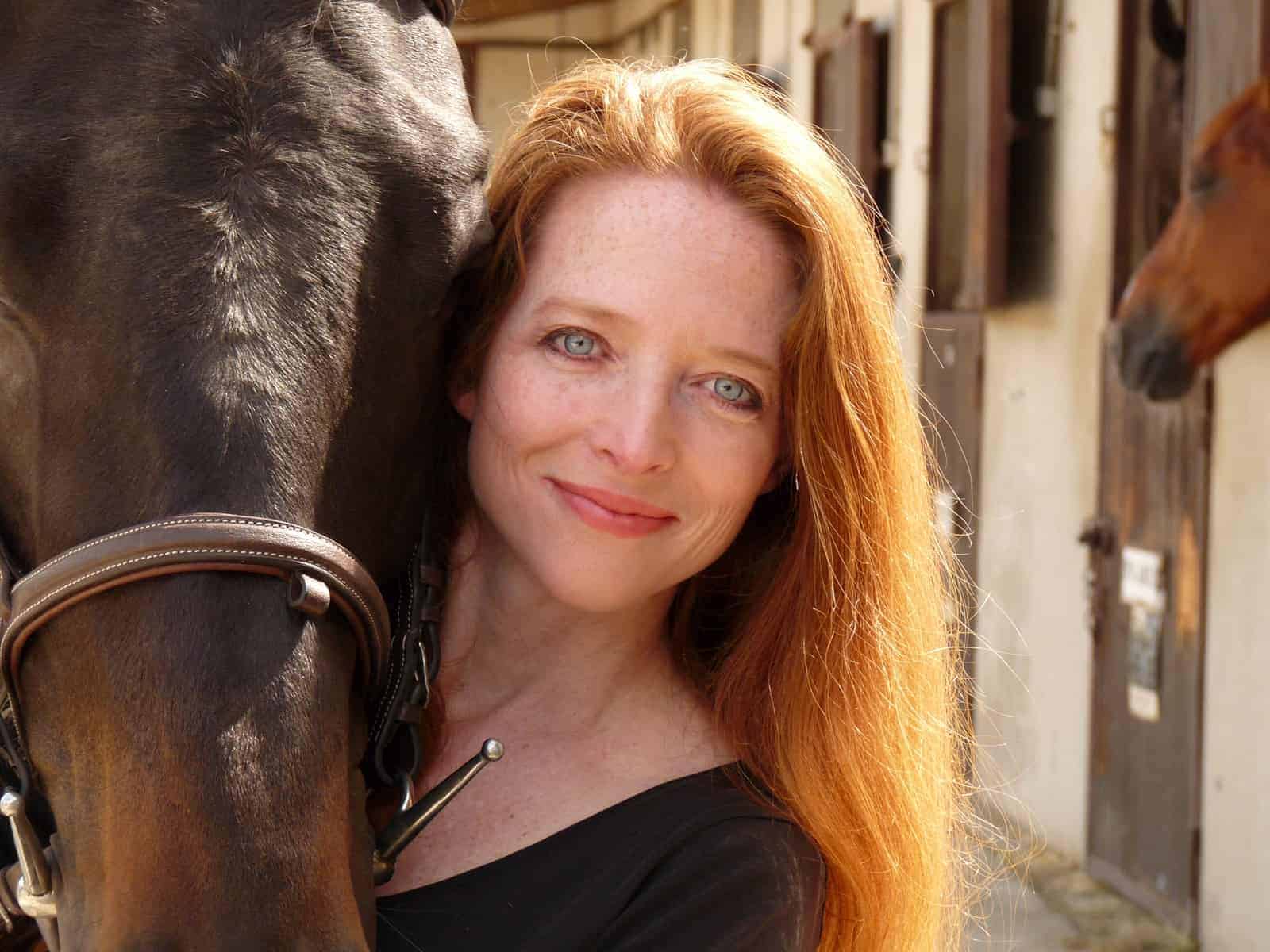Study: Stallion Semen Integrity Varies by Season
Mares might not be the only ones with clear breeding seasons. Swiss researchers recently confirmed that stallion semen integrity also appears to be dependent on the season.
While seasonal variations of routine semen parameters are already well-documented, the amount of DNA fragmentation (DNA separating or breaking strands into pieces, which can cause sub- or infertility) also varies in stallions over the course of a year, with prominent differences between spring/summer and fall/winter, said Fredi Janett, DVM, and Dominik Burger. Janett works at the Clinic of Reproduction of the University of Zürich, while Burger is the head of equine reproduction research at the Swiss Institute of Equine Medicine of the University of Berne and Agroscope, in Avenches.
The month of the year appears to have a significant effect on several parameters of collected semen in breeding stallions, the pair relayed at the 10th annual Swiss Equine Research Day, held last year in Avenches.
In their study, they investigated ejaculates from 15 Swiss National Stud breeding stallions (the Franches-Montagnes breed) once a week for one year. They analyzed volume, sperm concentration, total sperm count, sperm motility, and susceptibility of the sperm DNA to denaturation (the destruction of the usual nature of a substance), which is associated with decreased fertility
Create a free account with TheHorse.com to view this content.
TheHorse.com is home to thousands of free articles about horse health care. In order to access some of our exclusive free content, you must be signed into TheHorse.com.
Start your free account today!
Already have an account?
and continue reading.

Written by:
Christa Lesté-Lasserre, MA
Related Articles
Stay on top of the most recent Horse Health news with















